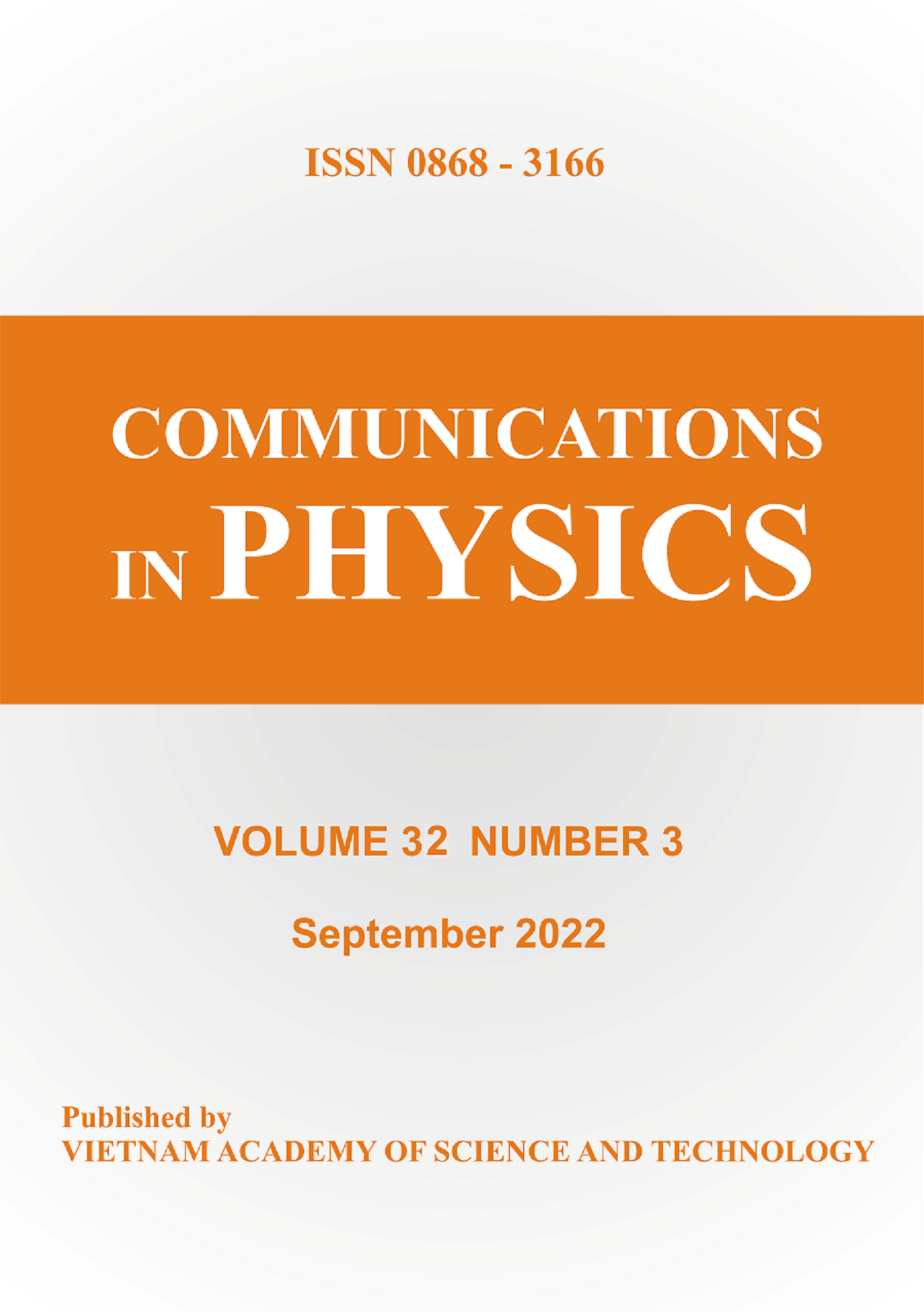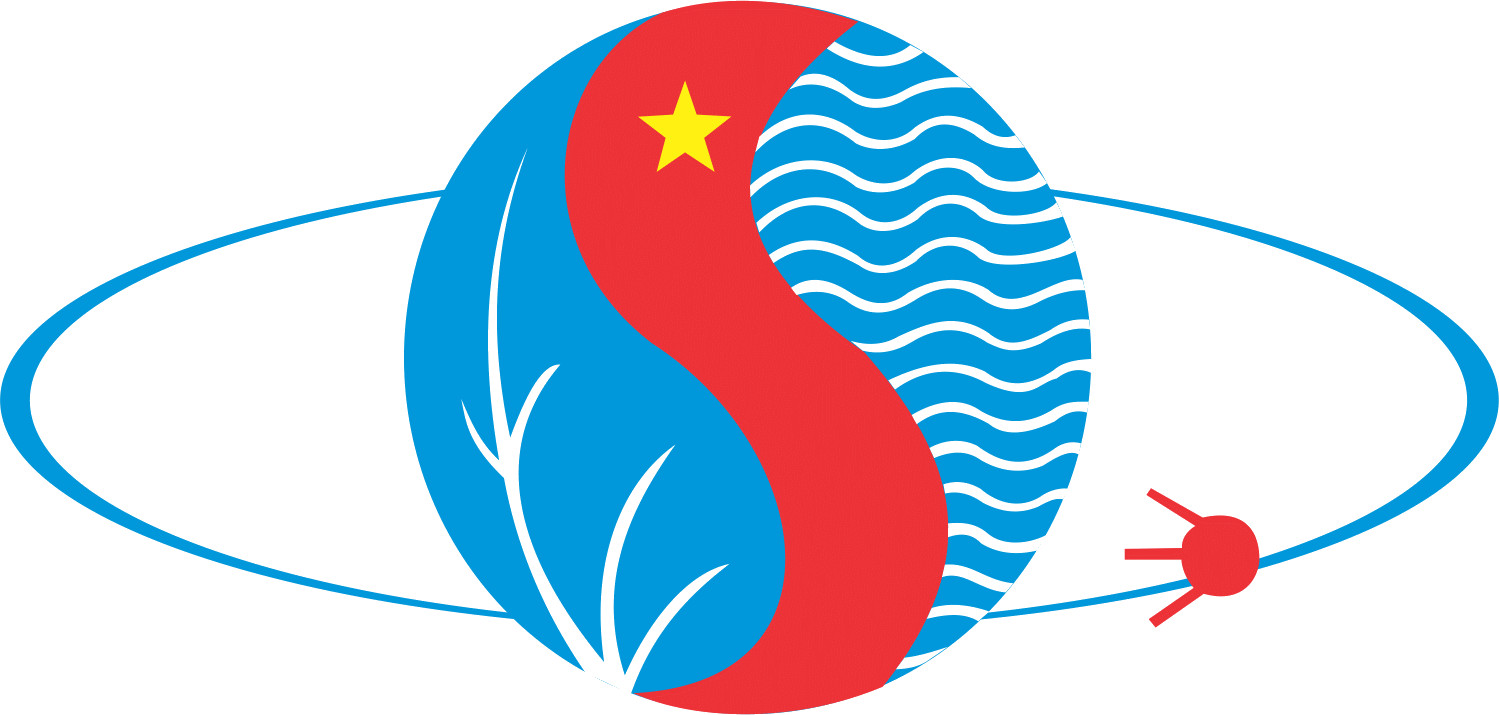Effect of Molecular Charge Asymmetry on Even-to-odd Ratio of High-order Harmonic Generation
Author affiliations
DOI:
https://doi.org/10.15625/0868-3166/30/3/14865Keywords:
HHG, even harmonics, even-to-odd ratio, asymmetric molecule, permanent dipoleAbstract
Recently, asymmetric molecules, such as HeH\(_2^+\), CO, OCS, HCl, have been evolved much attention since its rich information in the high-order harmonic generation (HHG), whose ratio of adjacent even and odd harmonics characterizes the asymmetry of molecules. In this paper, we study the dependence of even-to-odd ratio on the asymmetric parameters, in particular, the nuclear-charge ratio, and the permanent dipole, by exploiting a simple but general model of asymmetric molecules \(Z_1Z_2\) subjected to an intense laser pulse. The HHG is simulated by the numerical method of solving the time-dependent Schrödinger equation. We find out that this even-to-odd ratio strongly depends on the nuclear-charge ratio. In particular, the even-to-odd ratio reaches its maximum when the nuclear-charge ratio is about from 0.5 to 0.7. Besides, the dependence on the permanent dipole of the even-to-odd ratio has a non-trivial law. To explain, we calculate the analytical ratio of the transition dipole according to the emission of even and odd harmonics, and this ratio is well consistent with the even-to-odd ratio of the HHG.Downloads
Download data is not yet available.
Metrics
Metrics Loading ...
Downloads
Published
22-07-2020
How to Cite
[1]
K.-N. Nguyen-Huynh, C.-T. Le, N.-L. T. Phan, H. T. Nguyen and L.-P. Tran, Effect of Molecular Charge Asymmetry on Even-to-odd Ratio of High-order Harmonic Generation, Comm. Phys. 30 (2020) 197. DOI: https://doi.org/10.15625/0868-3166/30/3/14865.
Issue
Section
Papers
License
Authors who publish with CIP agree with the following terms:- The manuscript is not under consideration for publication elsewhere. When a manuscript is accepted for publication, the author agrees to automatic transfer of the copyright to the editorial office.
- The manuscript should not be published elsewhere in any language without the consent of the copyright holders. Authors have the right to enter into separate, additional contractual arrangements for the non-exclusive distribution of the journal’s published version of their work (e.g., post it to an institutional repository or publish it in a book), with an acknowledgement of its initial publication in this journal.
- Authors are encouraged to post their work online (e.g., in institutional repositories or on their websites) prior to or during the submission process, as it can lead to productive exchanges or/and greater number of citation to the to-be-published work (See The Effect of Open Access).
Received 02-03-2020
Accepted 23-04-2020
Published 22-07-2020
Accepted 23-04-2020
Published 22-07-2020













